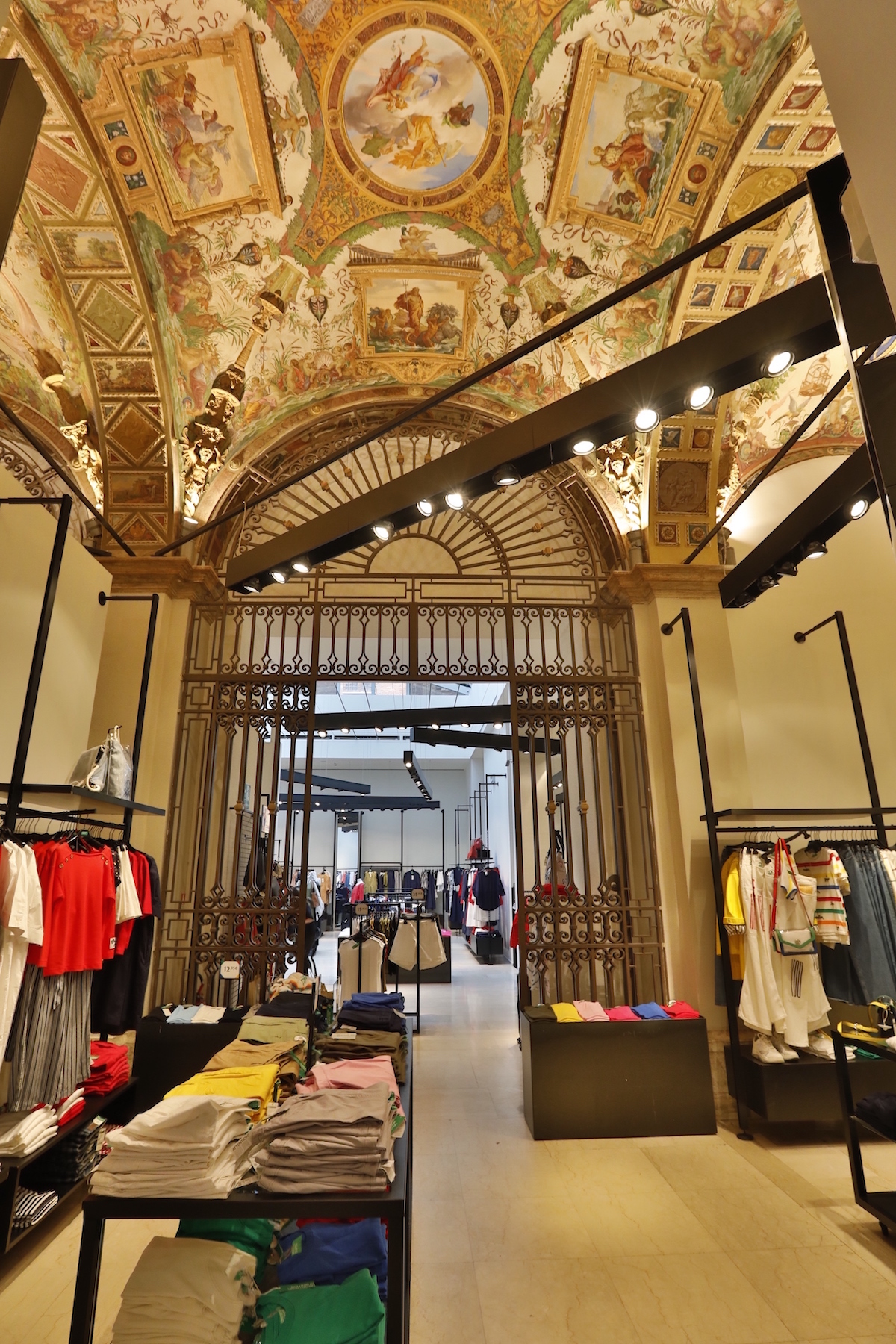3.1 Siena’s historic businesses
Siena is loved around the world for the conservation of its historic mediaeval centre, the extraordinary Piazza del Campo, the great beauty of the Duomo (Cathedral), the Contrade (districts), the Palio races and much more. Travellers who stop to listen to the voice of its mediaeval alleys will discover that its old traditions, and the love the Sienese have for their city, are still strong.
Trying to understand the daily life of a place allows travellers to see more than a pretty postcard: they understand the spirit of Siena.
A city is made up of many elements, one of which is commercial activity, which proves the vitality of a place. It is a reference point, uniting the people of a town and defining it.
In the centre of Siena you can still see historic activities, part of the fabric of the community that has always lived with them and still does.
Pharmacies, leather works, hotels and metalworking forges maintain the fascination of past centuries and, in many cases, the history of families that have done their utmost for generations to keep their activities alive. Some antique furnishings and insignia have also been preserved, from activities that have changed over time but left a valuable memory.
The surviving businesses also bear witness to Siena’s commercial history, culture and tradition, as living monuments to Siena’s past.
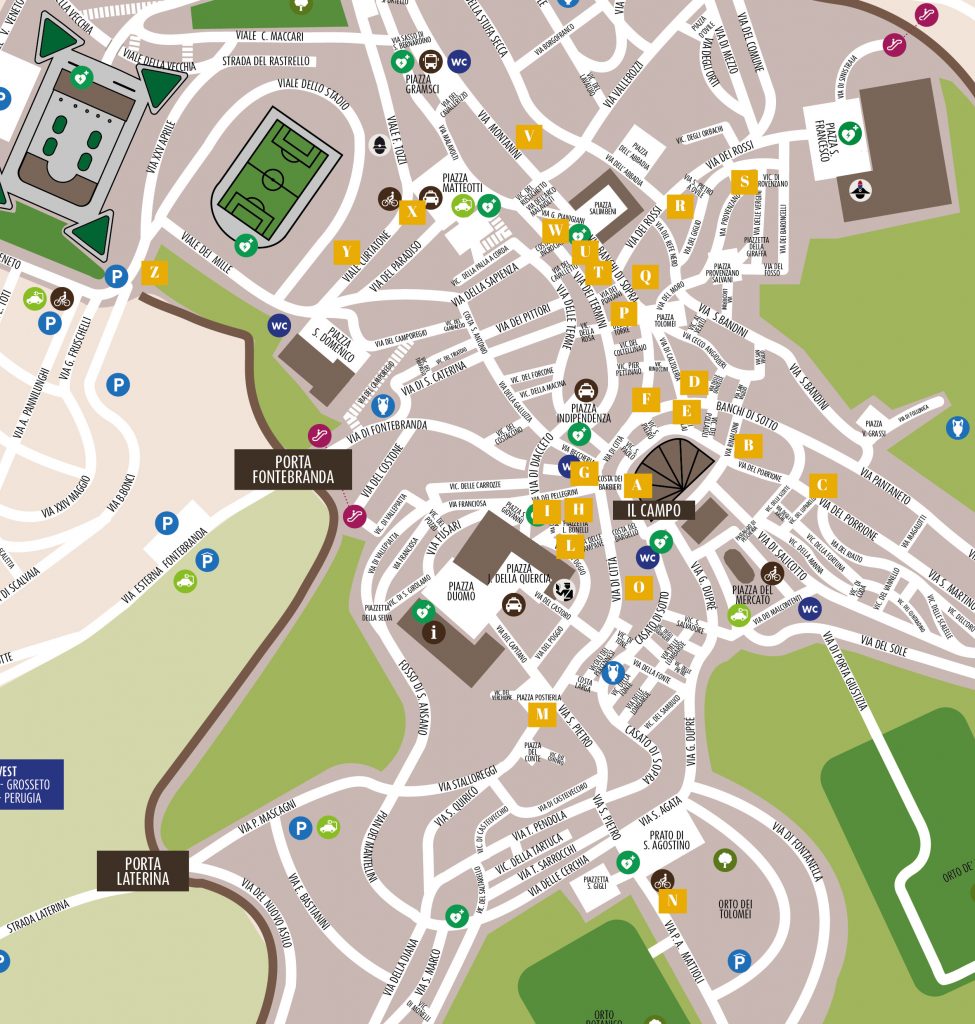
Antica Farmacia del Campo
26 Il Campo
A pharmacy with a very long history: according to tradition, it was even used by Dante Aleghieri. The present furnishings date from the nineteenth century and were commissioned by Giovanni Parenti, who is responsible for the large-scale commercialisation of panforte (a Sienese fruit and nut confection; pharmacies were also spice shops). On the glass of the shelves are portraits of Galgano and Cesare Parenti.
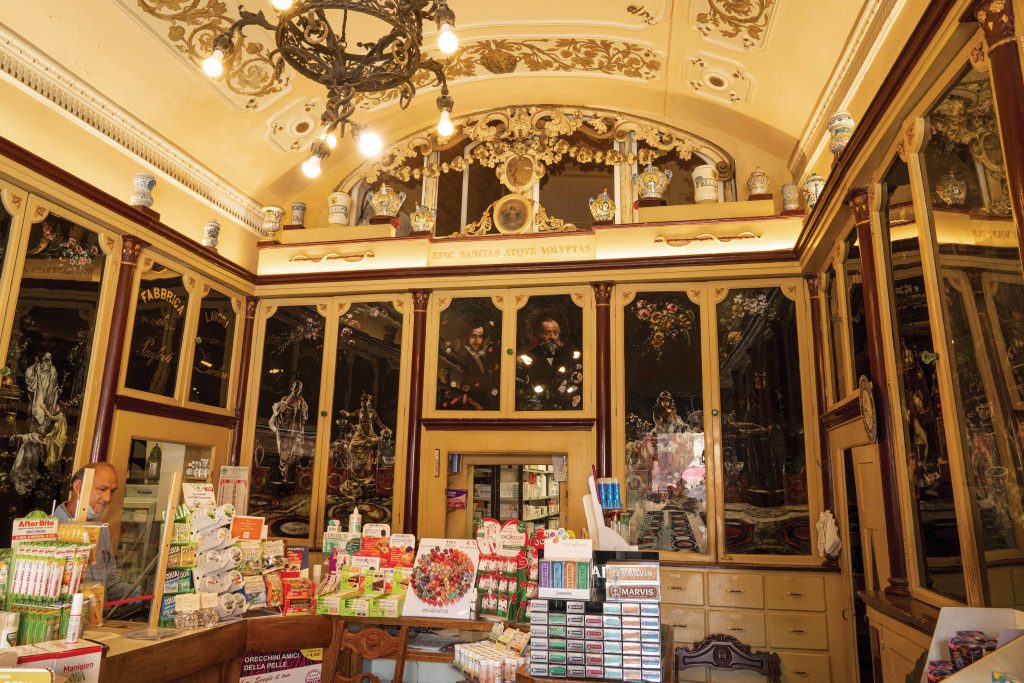
Osteria Le Logge
33 Via del Porrione
The restaurant is in what used to be a food shop run by the Stolfi sisters. Their early twentieth-century furniture and shelving have been preserved.
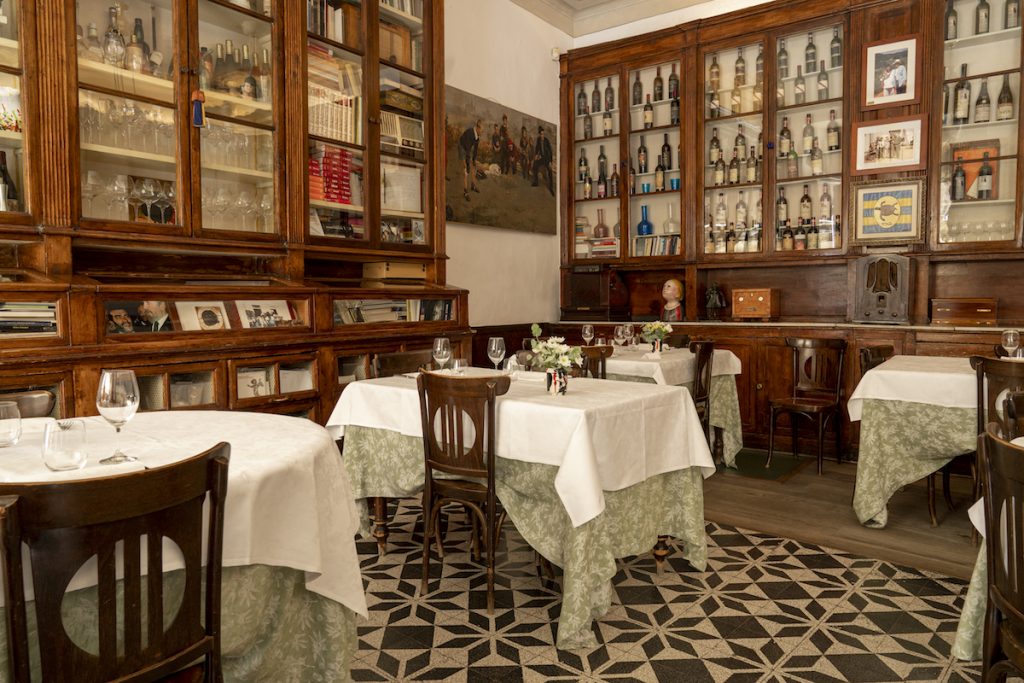
Brocchi 1815
41-43 Via del Porrione
A tinsmith’s shop dating from the early nineteenth century and still run by the same family. Over time it has moved on to working with iron and other metals, still using the original forge.
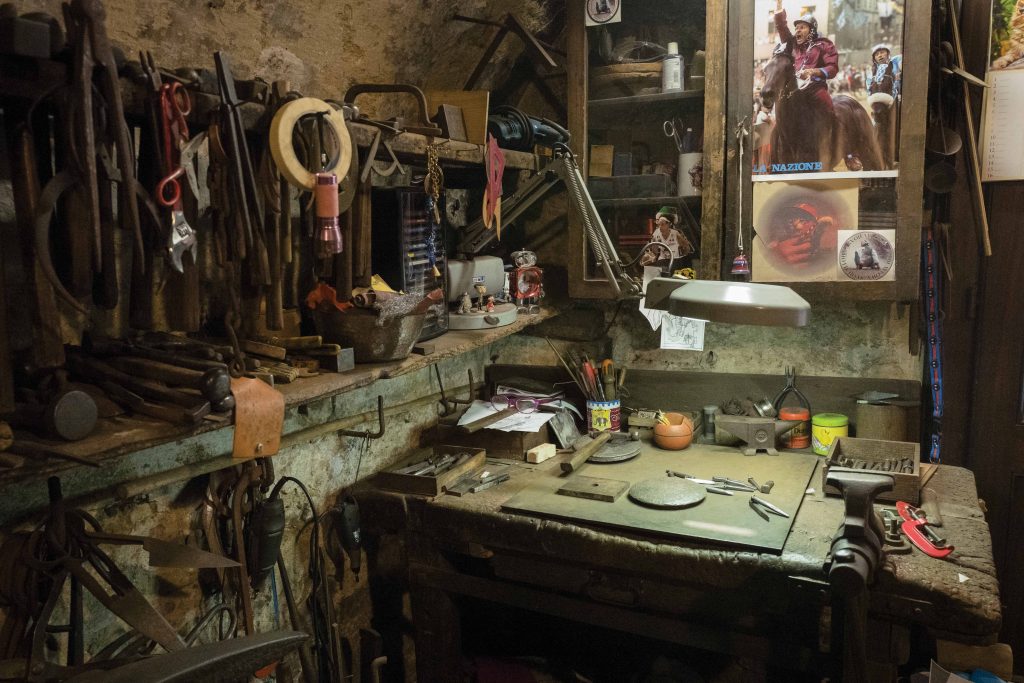
Terzi Stefano
29 Via Banchi di Sotto
This old hat shop is still managed by the original family. The interior furnishings date from the early twentieth century.
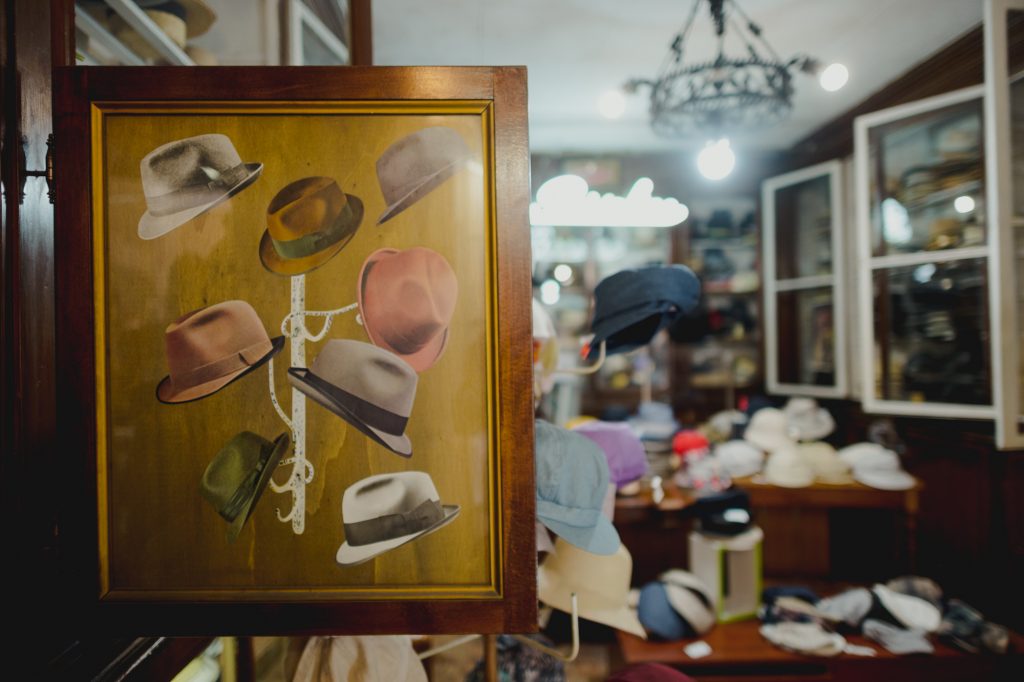
Pelletteria Falchini
26 Via Banchi di Sotto
In the early twentieth century, Alirdo Falchini opened his fur and leather shop. It still operates in the same premises, run by the same family, and is one of the few shops to have preserved its original Liberty (Italian Art Nouveau) style intact.
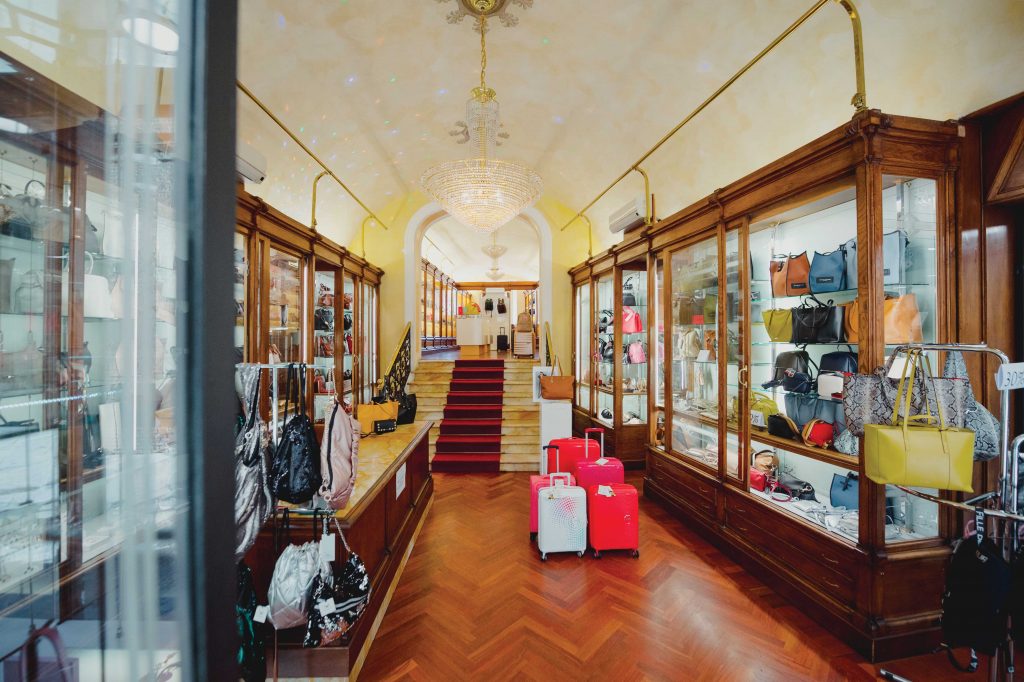
Coltelleria arrotino di Siena
1 Via Banchi di Sotto
The cutlery and sharpening business was founded in 1925, and the shop sign and some interior furnishings remain from that time.
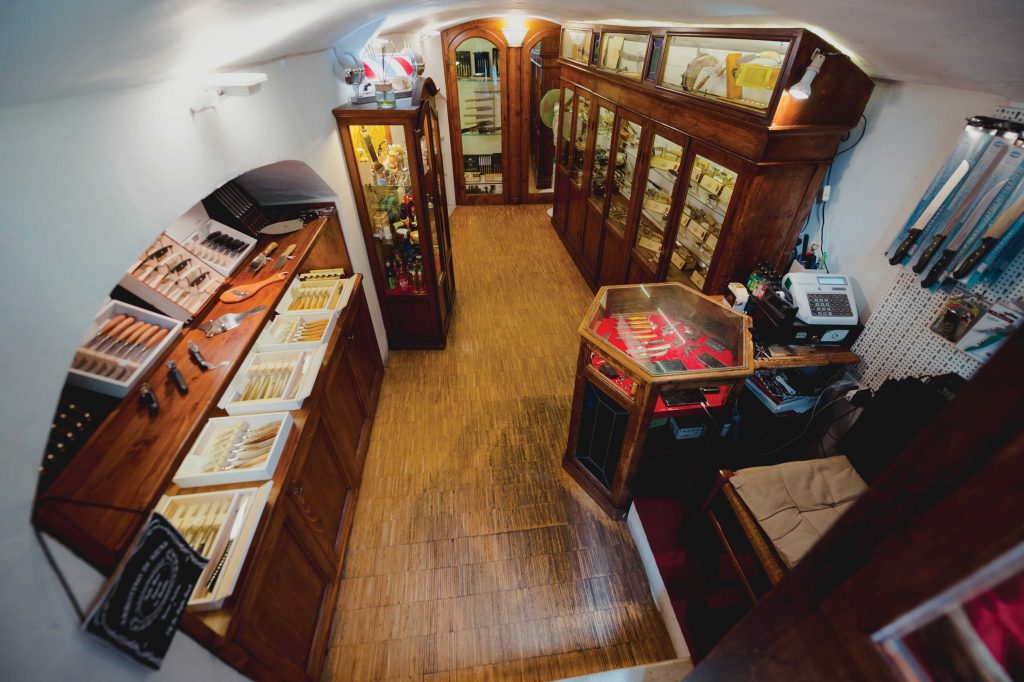
Note del Chianti (formerly Lombardi)
48 Via di Città
Paolo Lombardi was the first photographer in Siena. In 1849 he started his business in a building on the Costarella, where you can still see the shop sign and his original furnishings. A landscape and portrait photographer, he took a famous shot of Giuseppe Garibaldi in his studio on the third floor of the building.
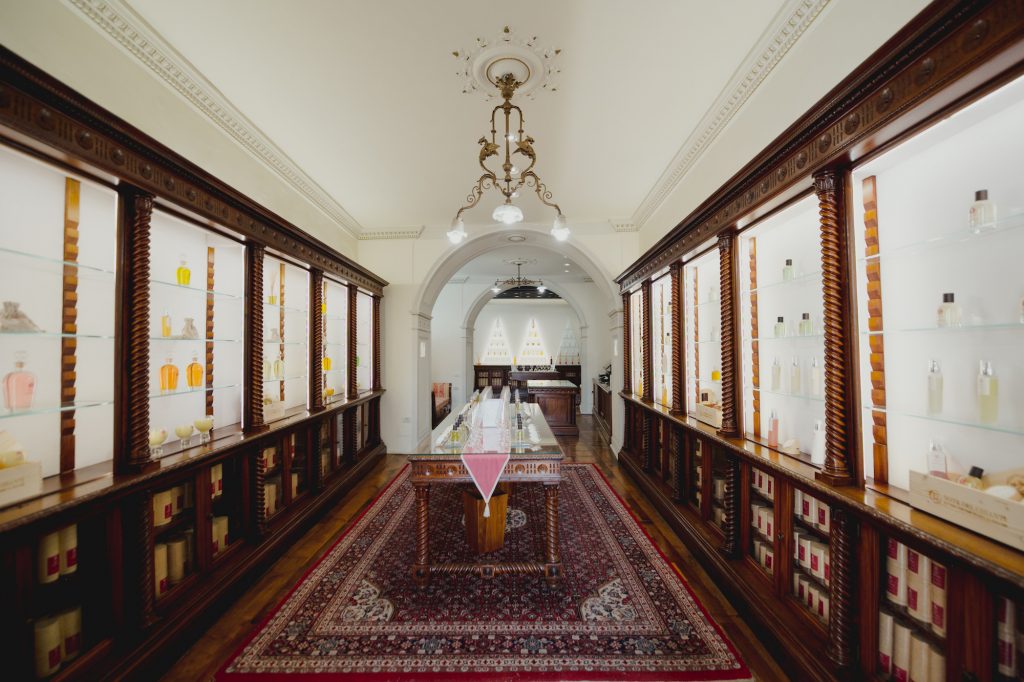
Airone (formerly Menotti e Rugiadi)
23 Via dei Pellegrini
The shop has kept the old signs, the fixtures and some of the furnishings of the Menotti and Rugiadi business, which sold fabric.
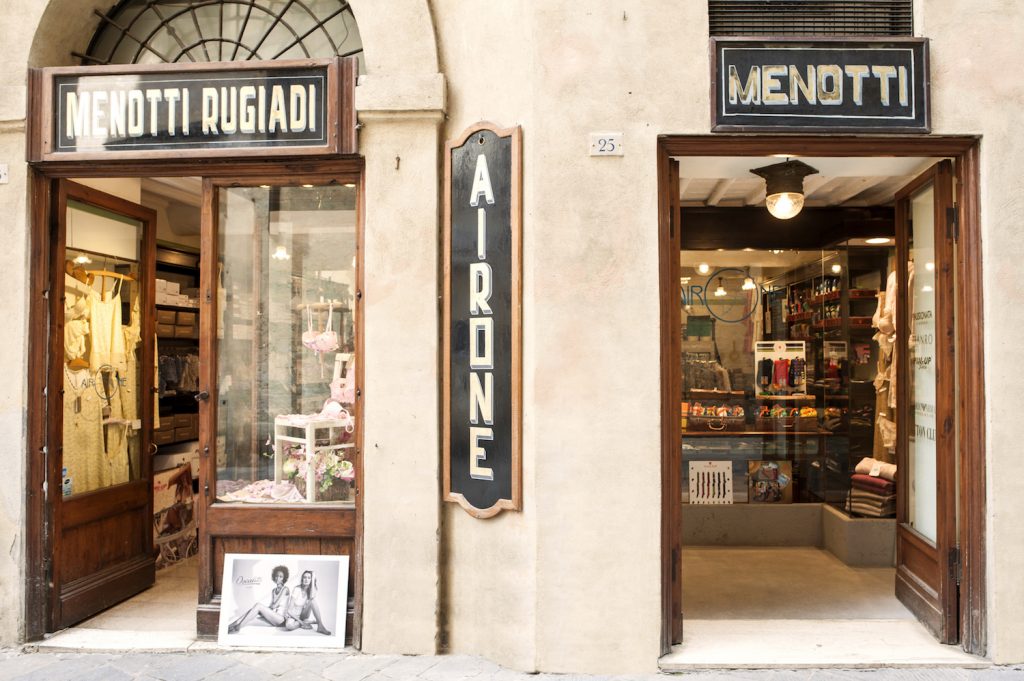
Forno Il Magnifico
27 Via dei Pellegrini
The present proprietor has continued the activities of his uncle’s family in premises in the depths of the sixteenth-century palace “of the Magnificent”, built by Pandolfo Petrucci when he was trying to rule the city of Siena.
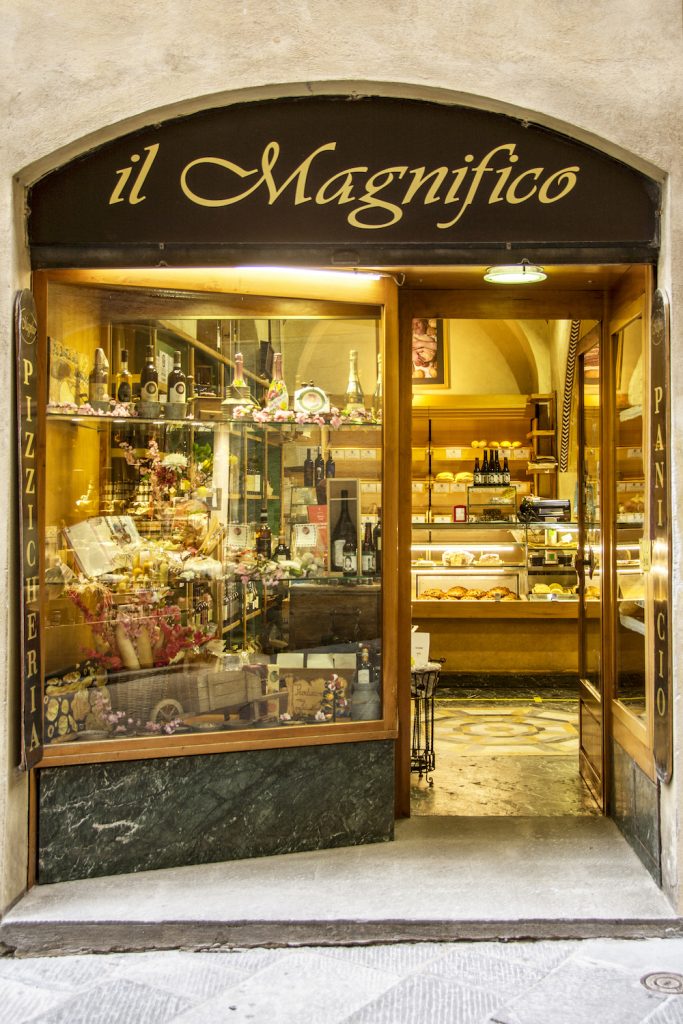
Ristorante San Desiderio
2 Piazzetta L. Bonelli
The restaurant occupies the ancient church of St Desiderius, one of the oldest in the city, and its religious origins are still clearly visible.
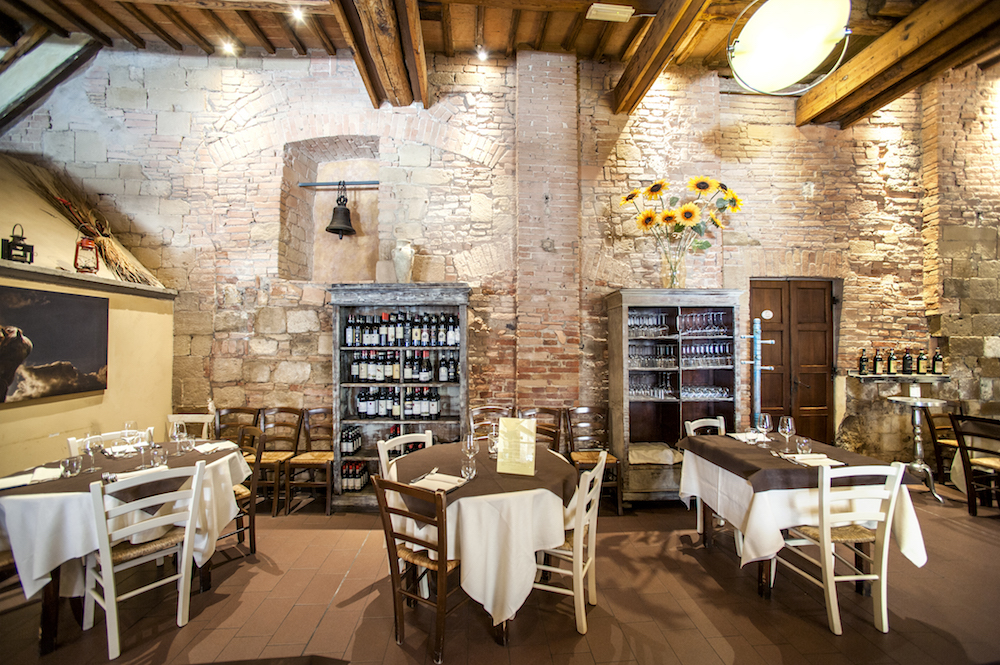
Farmacia dei Quattro Cantoni
4 Via San Pietro
The pharmacy has been documented since 1718 but the present furnishings, still almost entirely intact, date from the beginning of the nineteenth century and are attributed to the noted Sienese architect Agostino Fantastici.
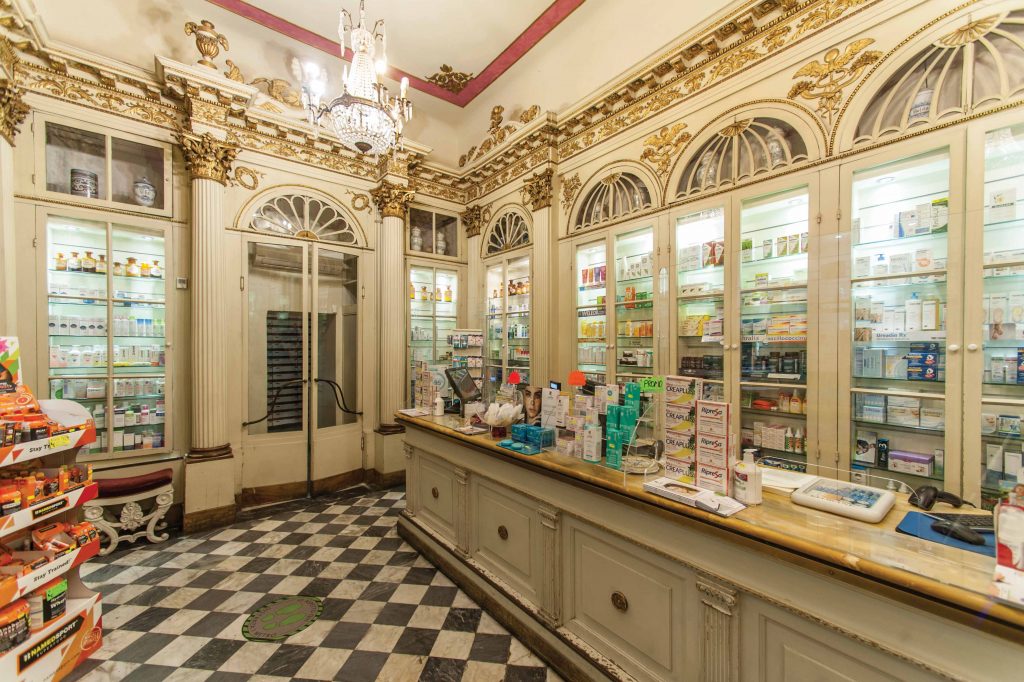
Marchetti
2 Via P.A. Mattioli
This small artisan shoe-maker’s shop, one of the last remaining, is beside the portico of the Sant-Agostino complex; many old shoe-lasts are preserved inside.
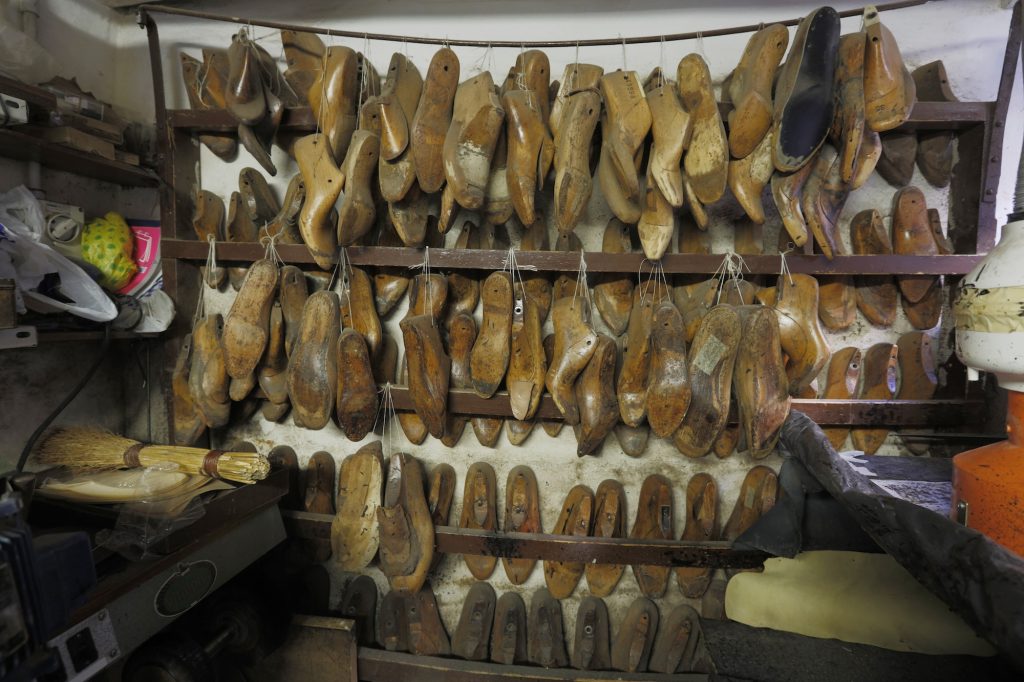
Antica Drogheria Manganelli
71-73 Via Di Città
The business began in Piazza del Campo but the original furnishings have been preserved in the new premises, which continue to sell traditional food products.

Antica Farmacia Parenti
43 Via Banchi di Sopra
The pharmacy is situated in premises bought by Galgano and Cesare Parenti in 1880-81 as a second branch, to run alongside the one in Piazza del Campo. The period furnishings were destroyed in a fire in 1962, when only a few objects from the pharmacy were saved. The decoration on the ceiling is by the artist Vittorio Zani.
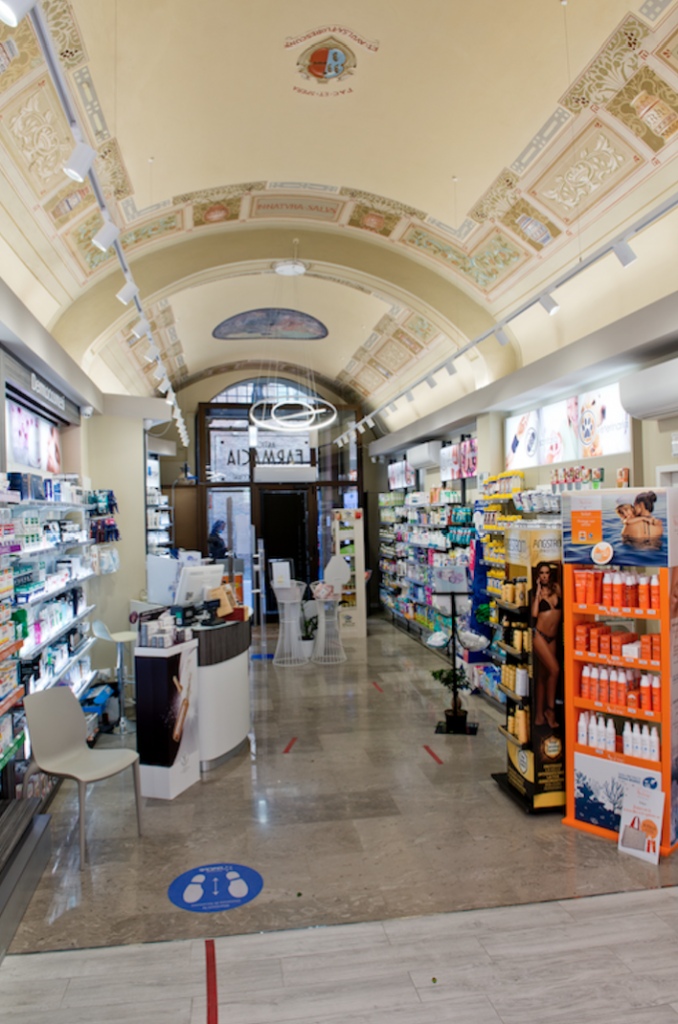
Benetton (formerly Banca Nazionale dell’Agricoltura)
56-58 Via Banchi di Sopra
The shop premises are interesting because of the nineteenth-century pictures on the ceiling.
A recent restoration lets you see, through a glass ceiling, the ancient towers that dominate an internal courtyard.
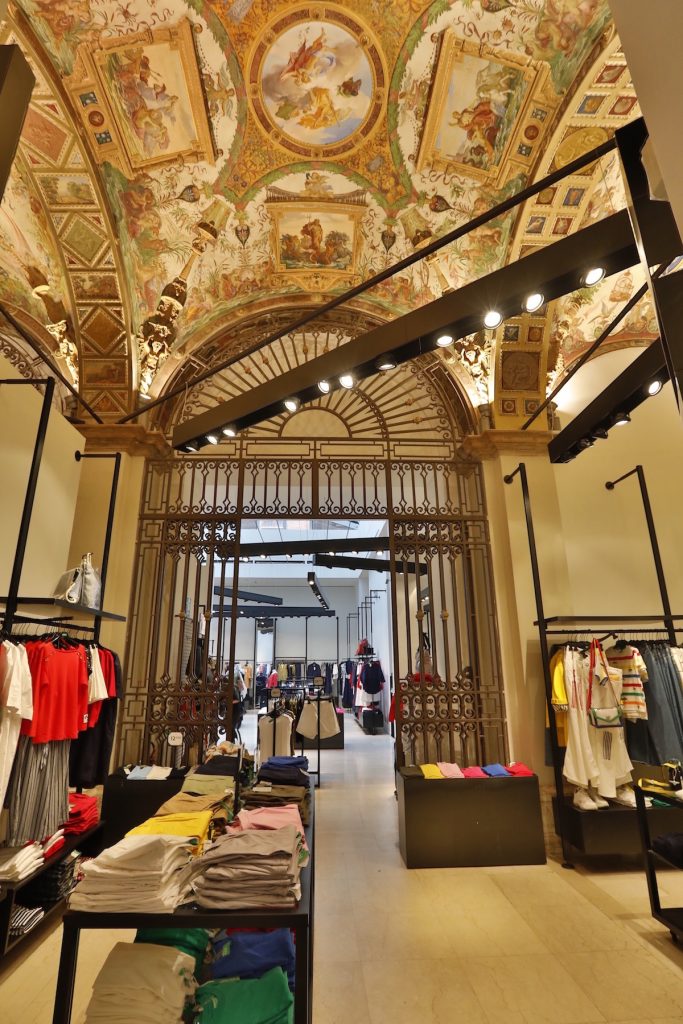
Hotel Palazzetto Rosso (formerly Antichità Mazzoni)
38-42 Via dei Rossi
In the late nineteenth century, Foresto Riccardo Mazzoni sold antiques, but it was his son Giuseppe who really built up the family business. The present entrance to the hotel, the laundry and the outside of the building on Via dei Rossi still show evidence of the former business, with antiques and replicas.
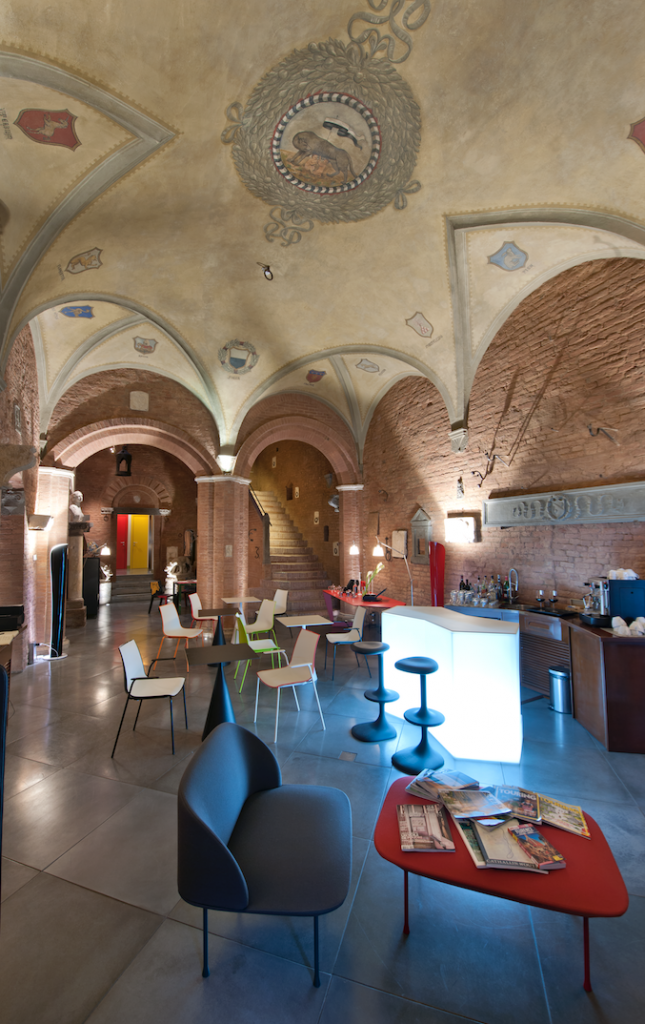
Tre Cristi Enoteca Ristorante
1 Vicolo di Provenzano
This old trattoria takes its name, Tre Cristi, from a wayside shrine of “Christ crucified between the two robbers”. Inside there are old furnishings and outside is the old wrought-iron sign.

Grand Hotel Continental
85 Via Banchi di Sopra
Opened at the end of the nineteenth century in the Palazzo Gori Pannilini, the hotel has several frescoes dating from the fifteenth to the seventeenth centuries; the ballroom is particularly notable, with trompe l’oeil frescos by Antonio Colli.
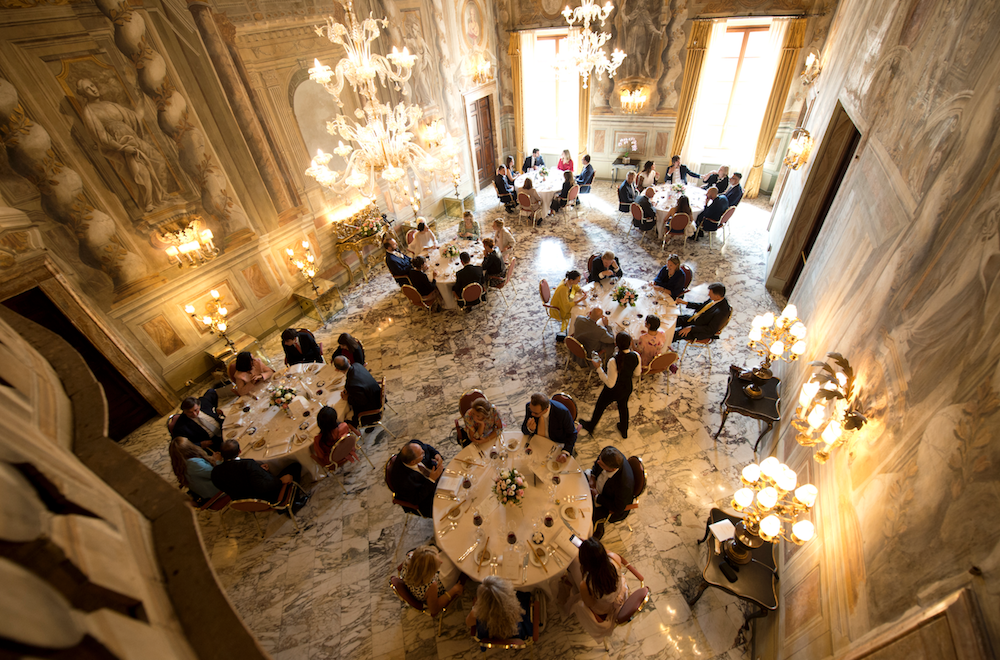
Liu Jo (formerly Caffè Nannini)
95 Via Banchi di Sopra
Inside the building, which began as a cafè, you can still see Liberty (Art Nouveau) style mirrors with early twentieth-century logos and publicity slogans.
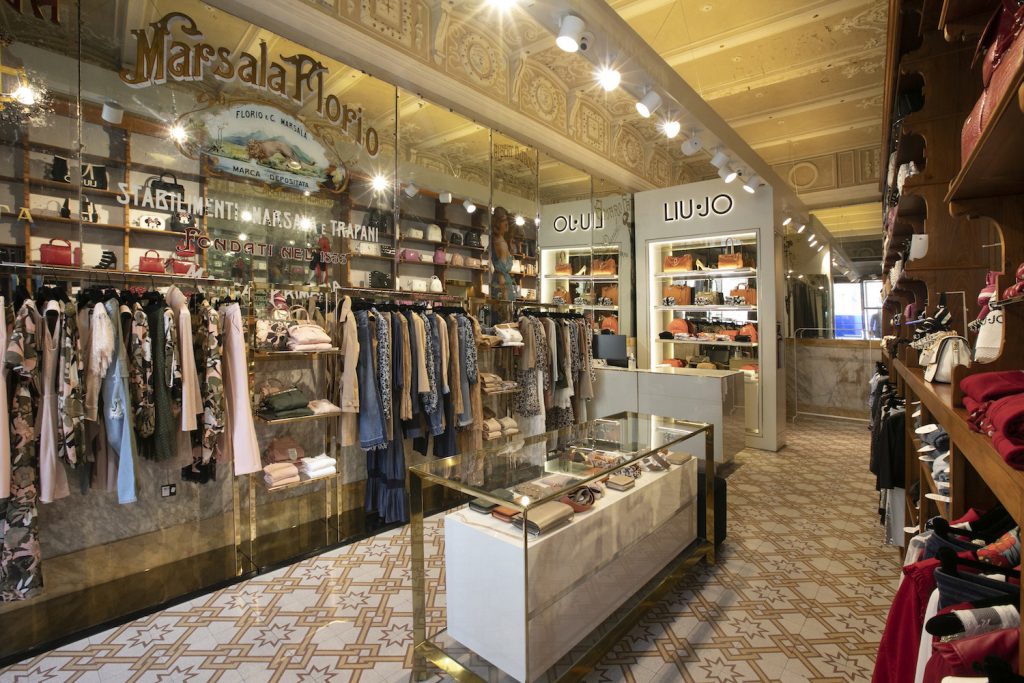
Cannon D’Oro
28 Via Montanini
The hotel building originally belonged to Ghinibaldo Saraceni, husband of Dante’s Sapia, who, according to tradition, died there in 1274. The original name was Locanda delle armi d’Inghilterra (Tavern of the Arms of England) and it was very successful in the early twentieth century.
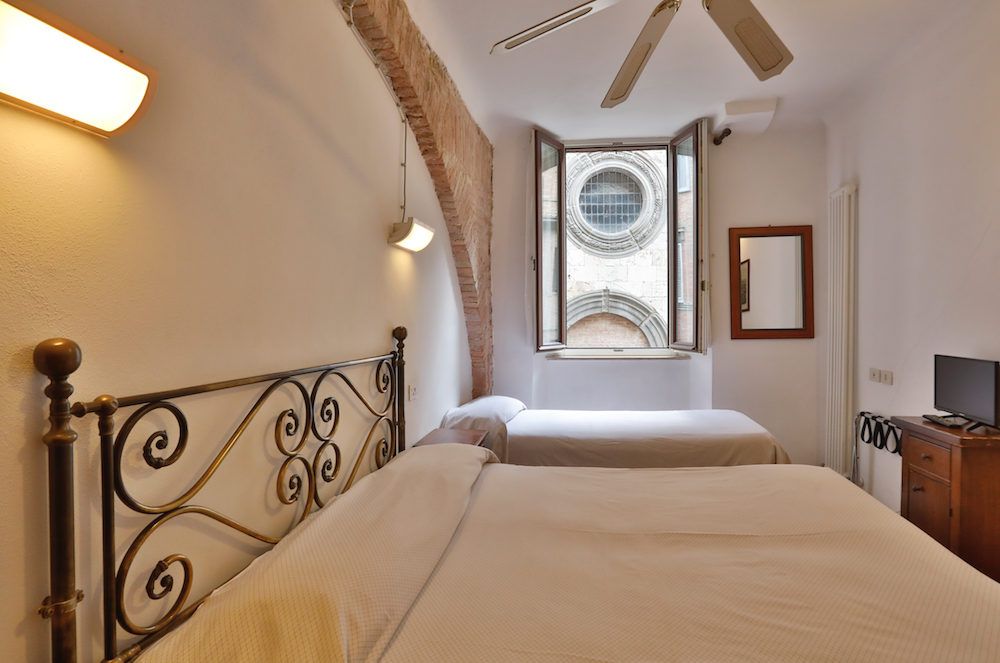
Consorzio Agrario di Siena
9 Via G. Pianigiani
The historic building that houses the Consorzio Agrario was built in 1905 as the Casa del Popolo (House of the People). Attacked several times by the fascists, it was set on fire and then transformed into the Fascist Party building. The Consorzio bought it in the Thirties.

Hotel Chiusarelli
15 Via Curtatone
The building, built in 1885 by the Sienese architect Archimede Vestri, is in neo-classical style and was patronised by many artists and writers. At the back you can see the bow window that originally looked across the green valley of the Rastrello farm, later turned into a stadium.

Prosperino Caffè
Viale XXV aprile
This building was built in the Thirties by the architect Geremia Mattii to replace the toll-house of the Santa Barbara crossing.
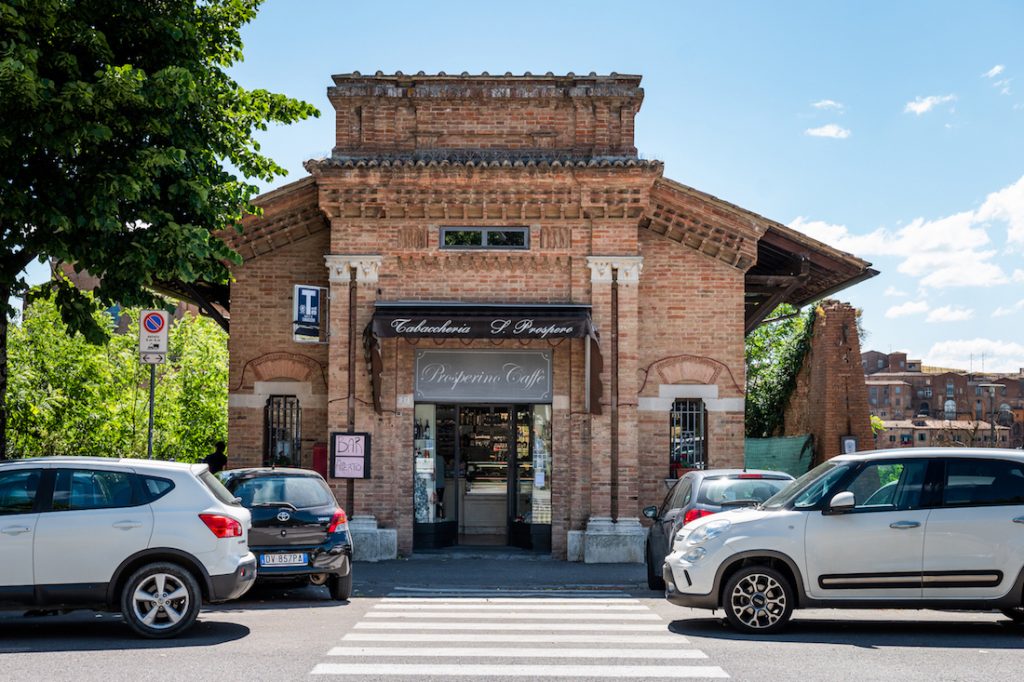
Texts edited by: Martina Dei
Editorial coordination: Elisa Boniello e Laura Modafferi
Photos: Archivio Comune di Siena, Grand Hotel
Continental Siena – Starhotels Collezione
Graphic design: Michela Bracciali
